The National Hurricane Center (NHC) is monitoring two systems in the Atlantic, one of which is likely to become a hurricane by Wednesday night and could become an "extremely dangerous" storm by the weekend.
The most immediate concern is Tropical Storm Lee, which is forecast to become a hurricane by Wednesday night and a major hurricane on Friday. Lee is expected to menace the Leeward Islands and Bermuda before moving closer to the U.S. coast.
As of Wednesday morning, Lee's winds had increased to 65 mph, 10 mph short of hurricane strength. The NHC said Lee continued to move to the west-northwest overnight Tuesday at about 16 mph.
A northeasterly shear has been limiting Lee's intensification, but that's expected to subside by Thursday. In addition, the storm will be moving over unusually warm surface waters in the Atlantic, which will help it gather force.
Here is a list of the top 10 hurricanes that have hit the USA:
- Galveston Hurricane
- San Felipe-Okeechobee Hurricane
- The Great Labour Day Hurricane
- Hurricane Camille
- Hurricane Andrew
- Hurricane Katrina
- Hurricane Sandy
- Hurricane Harvey
- Hurricane Irma and Hurricane Maria
- Last Island hurricane
The National Hurricane Centre mentions that Tropical Storm Lee is expected to become a major hurricane by midday on Friday, with 120 mph winds. The storm will continue to strengthen, and by late Sunday night, it could have winds of 150 mph.
Lee is currently located about 1,000 miles east of the Leeward Islands and is moving west-northwest at 16 mph. The storm is expected to make landfall in the Leeward Islands on Thursday, and then move across the Caribbean Sea on Friday.
The NHC mentions: “At 500 AM AST (0900 UTC), the center of Tropical Storm Lee was located near latitude 13.7 North, longitude 44.6 West. Lee is moving toward the west-northwest near 16 mph (26 km/h) and this motion is expected to continue for the next few days with a slight reduction in forward speed.”
“Maximum sustained winds have increased to near 65 mph (100 km/h) with higher gusts. Continued steady to rapid strengthening is forecast, and Lee is expected to become a hurricane later today and a major hurricane in a couple of days. Tropical-storm-force winds extend outward up to 80 miles (130 km) from the center. The estimated minimum central pressure is 997 mb (29.44 inches).”
“Swells generated by Lee are expected to reach portions of the Lesser Antilles on Friday. These swells are likely to cause life-threatening surf and rip current conditions,” it adds.
Galveston Hurricane
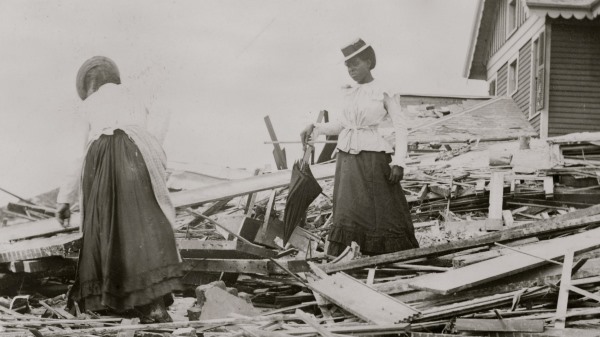
Source: History.com
The Galveston Hurricane of 1900 was the deadliest natural disaster in United States history. It struck the city of Galveston, Texas, on September 8, 1900, with winds of up to 140 miles per hour. The hurricane caused a storm surge of up to 20 feet, which flooded the city and killed an estimated 6,000 to 12,000 people.
The hurricane was a major turning point in the history of American disaster preparedness. It led to the creation of the National Weather Service and the passage of the Federal Aid to Seacoast Cities Act, which provided federal funding for coastal storm protection.
San Felipe-Okeechobee Hurricane
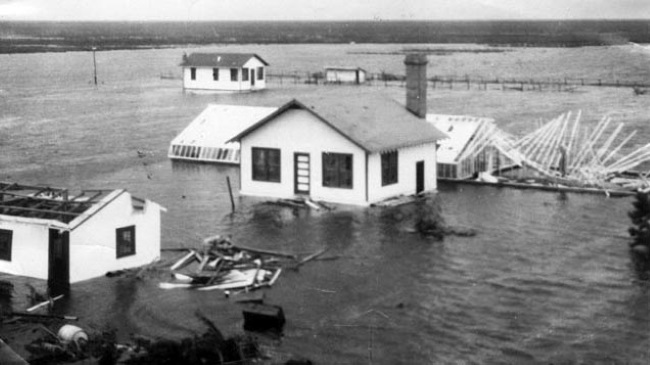
Source: Blackpast
The San Felipe-Okeechobee Hurricane was a Category 5 hurricane that struck the Bahamas, Florida, and the Gulf Coast of the United States in September 1928. It is the deadliest hurricane in Florida history, with an estimated death toll of 2,500 people.
The hurricane formed in the Caribbean Sea on September 3, 1928, and quickly strengthened into a major hurricane. It made landfall in the Bahamas on September 6 as a Category 5 hurricane and then crossed Florida on September 16 as a Category 4 hurricane.
The hurricane caused widespread damage in Florida, particularly in the Lake Okeechobee area. The hurricane's storm surge caused the lake to overflow, flooding thousands of square miles of land. The flooding killed an estimated 2,500 people, most of whom were African Americans who lived in poor, rural areas.
The Great Labour Day Hurricane
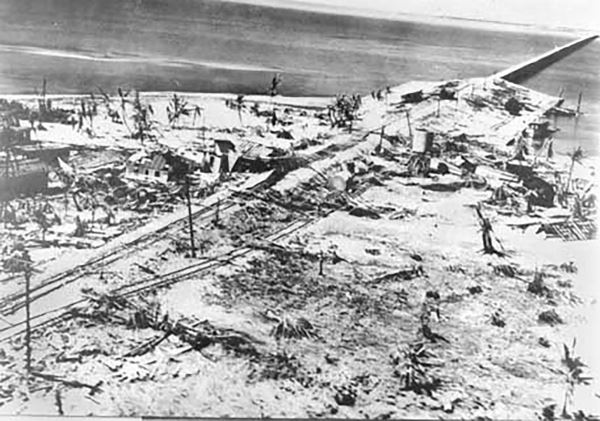
Source: Keys Life Magazine
The Great Labor Day Hurricane of 1935 was the deadliest hurricane in the history of the United States. It made landfall in the Florida Keys on September 2, 1935, with winds of 185 mph (298 km/h) and a pressure of 892 mbar (26.35 inHg). The hurricane caused widespread damage and loss of life in the Keys, and it also affected the Bahamas, Cuba, and the southeastern United States.
The hurricane killed an estimated 600 to 800 people in the Florida Keys, and it is estimated that 4,500 people died in Cuba. The hurricane also caused widespread damage in the Bahamas and the southeastern United States, including Florida, Georgia, and South Carolina.
Hurricane Camille
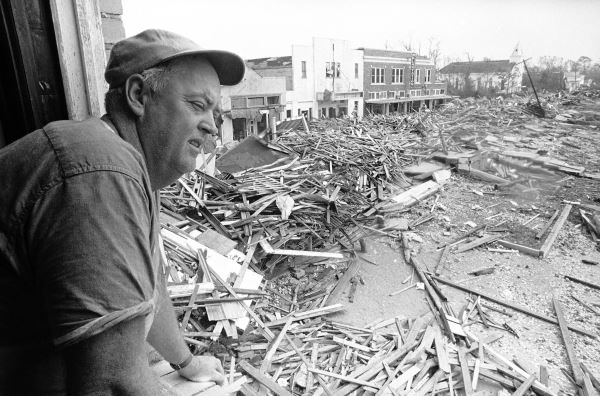
Source: Accuweather
Hurricane Camille was a powerful Category 5 hurricane that struck the Gulf Coast of the United States in August 1969. It was the strongest hurricane to hit the United States since the Great Miami Hurricane of 1926.
Camille made landfall on the Mississippi coast on August 17, 1969, with sustained winds of 190 mph (305 km/h) and a pressure of 900 mbar (26.58 inHg). The hurricane caused widespread damage along the coast, including flooding, wind damage, and loss of life.
The storm surge from Camille was the highest ever recorded in the United States, reaching 24 feet (7.3 m) in Pass Christian, Mississippi. The hurricane also caused extensive damage in Alabama, Louisiana, and Florida.
Camille was a major disaster, and it is estimated that the storm caused $1.4 billion in damage (1969 USD). The hurricane also claimed the lives of 256 people.
Hurricane Andrew
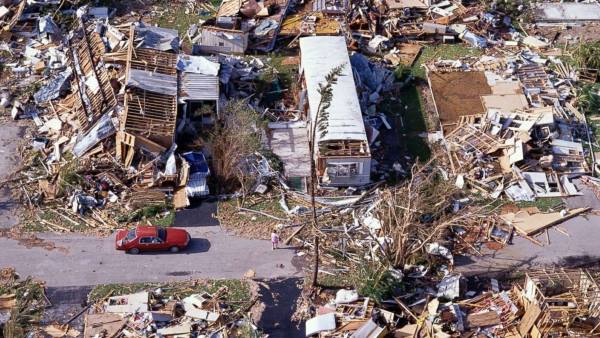
Source: ABC News
Hurricane Andrew was a Category 5 hurricane that made landfall in South Florida on August 24, 1992. It was the most destructive hurricane to hit the United States since Hurricane Camille in 1969.
Andrew caused widespread damage in South Florida, including Miami-Dade County and the Florida Keys. The hurricane destroyed or damaged over 250,000 homes and businesses, and left over 250,000 people homeless. Andrew also caused billions of dollars in damage.
The hurricane's impact was felt beyond Florida. It also caused damage in Louisiana, Alabama, and Georgia. Andrew was the costliest hurricane in U.S. history at the time.
Hurricane Katrina
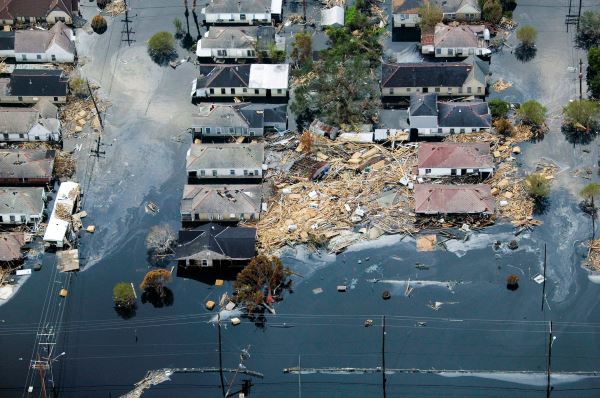
Source: National Geographic Society
Hurricane Katrina was a devastating Category 5 hurricane that struck the Gulf Coast of the United States in August 2005. The storm caused widespread damage and loss of life. The flooding in New Orleans was particularly devastating. The city's levees were not strong enough to withstand the storm surge, and levees broke in several places. This caused widespread flooding in the city, and over 1,800 people died.
Hurricane Sandy
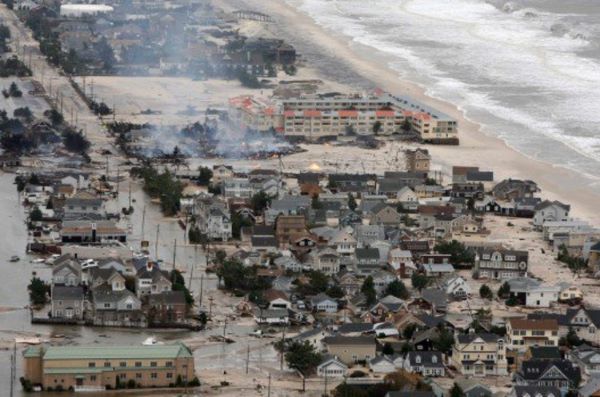
Source: ArchDaily
Hurricane Sandy was a powerful and destructive hurricane that affected the Northeastern United States in October 2012. The storm caused widespread damage, including flooding, power outages, and property damage.
Sandy began as a tropical storm in the Caribbean Sea on October 22, 2012. It quickly strengthened into a hurricane and made landfall in Cuba on October 24. The storm then crossed the Bahamas and moved northeast towards the United States.
Hurricane Harvey
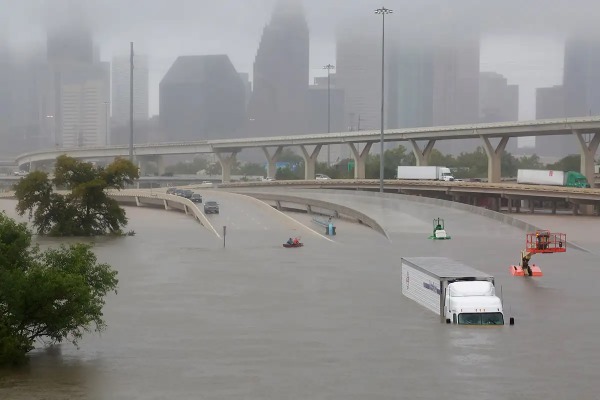
Source: New Scientist
Hurricane Harvey was a Category 4 hurricane that made landfall in Texas on August 25, 2017. Harvey caused catastrophic flooding in Southeast Texas, with rainfall totals exceeding 60 inches in some areas. The flooding displaced over 300,000 people and caused over $125 billion in damage.
Hurricane Irma and Hurricane Maria
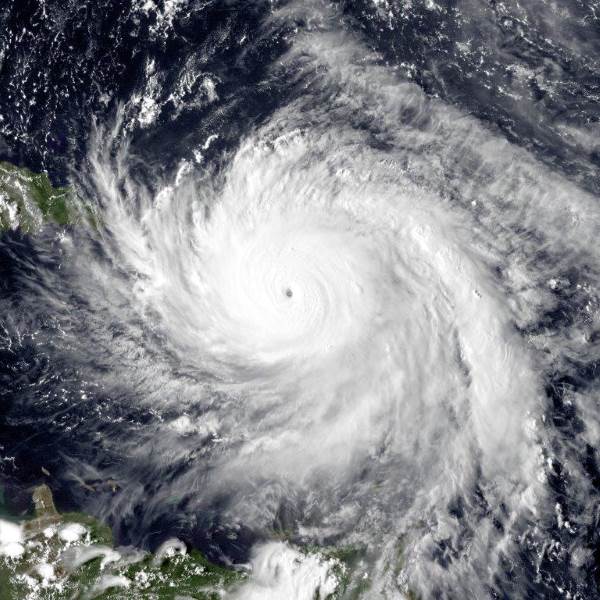
Source: AGU Newsroom
Hurricane Irma and Hurricane Maria were two powerful hurricanes that struck the Caribbean and the United States in 2017. Irma was the most powerful Atlantic hurricane on record to make landfall in the Caribbean, and Maria was the strongest hurricane to hit Puerto Rico in over 80 years.
Irma made landfall in Barbuda on September 6, 2017, as a Category 5 hurricane, and then in the U.S. Virgin Islands and Puerto Rico on September 8 and 9, respectively. The hurricane caused widespread damage in the Caribbean, including the destruction of Barbuda and extensive damage to Puerto Rico.
Maria made landfall in Dominica on September 19, 2017, as a Category 5 hurricane, and then in Puerto Rico on September 20. The hurricane caused even more damage than Irma, and left Puerto Rico without power for months.
Last Island hurricane
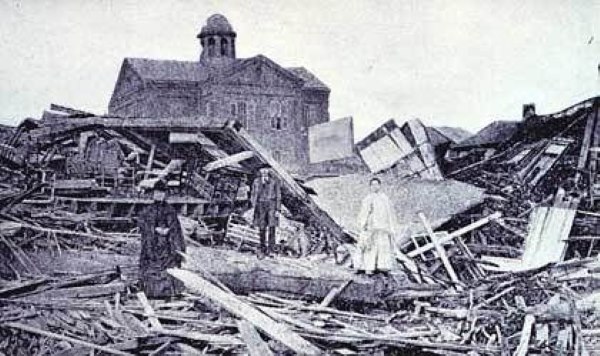
Source: Pinterest
The Last Island hurricane was a deadly and destructive tropical cyclone that hit the Louisiana coast in August 1856. The hurricane made landfall as a Category 4 storm, with winds of up to 150 mph. It caused widespread damage in Louisiana, Mississippi, and Alabama, and is estimated to have killed over 1,000 people.
The hurricane made landfall on August 10, 1856, near Last Island, a barrier island off the coast of Louisiana. The island was completely destroyed, and the death toll was estimated to be over 700. The hurricane then moved inland, causing further damage in Mississippi and Alabama. The total death toll is estimated to be over 1,000.
Comments
All Comments (0)
Join the conversation